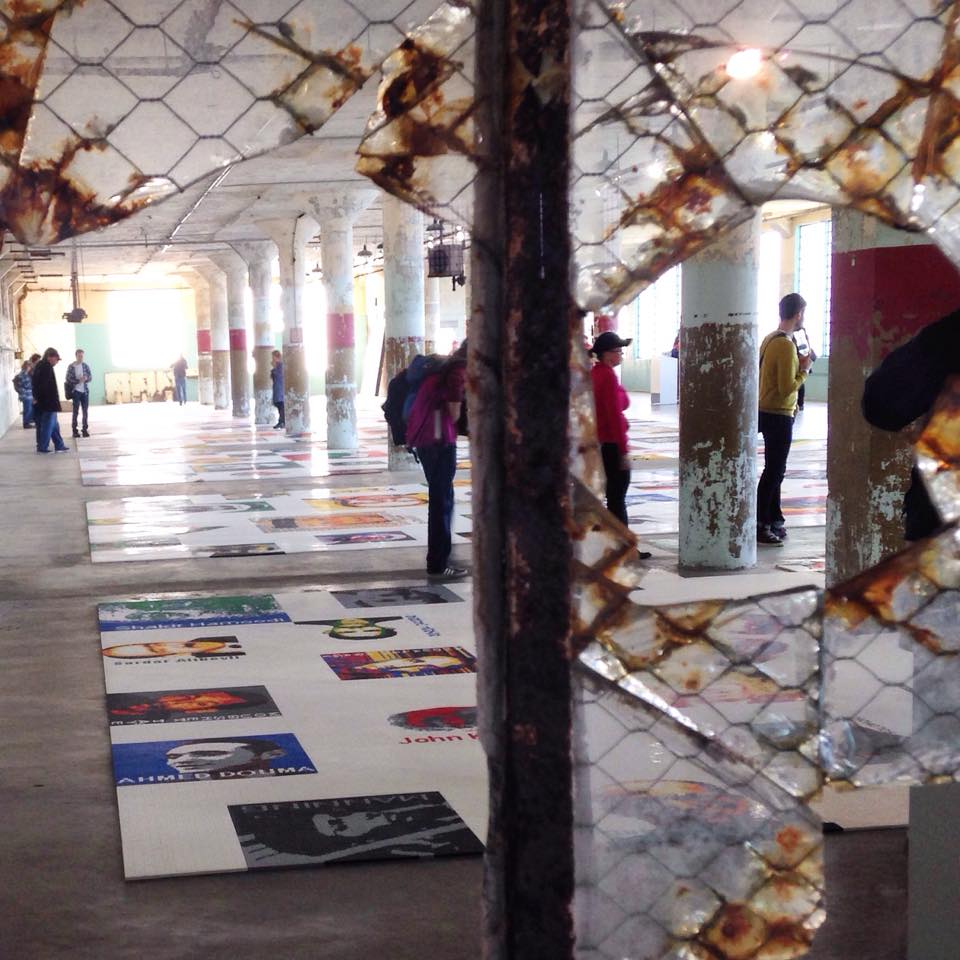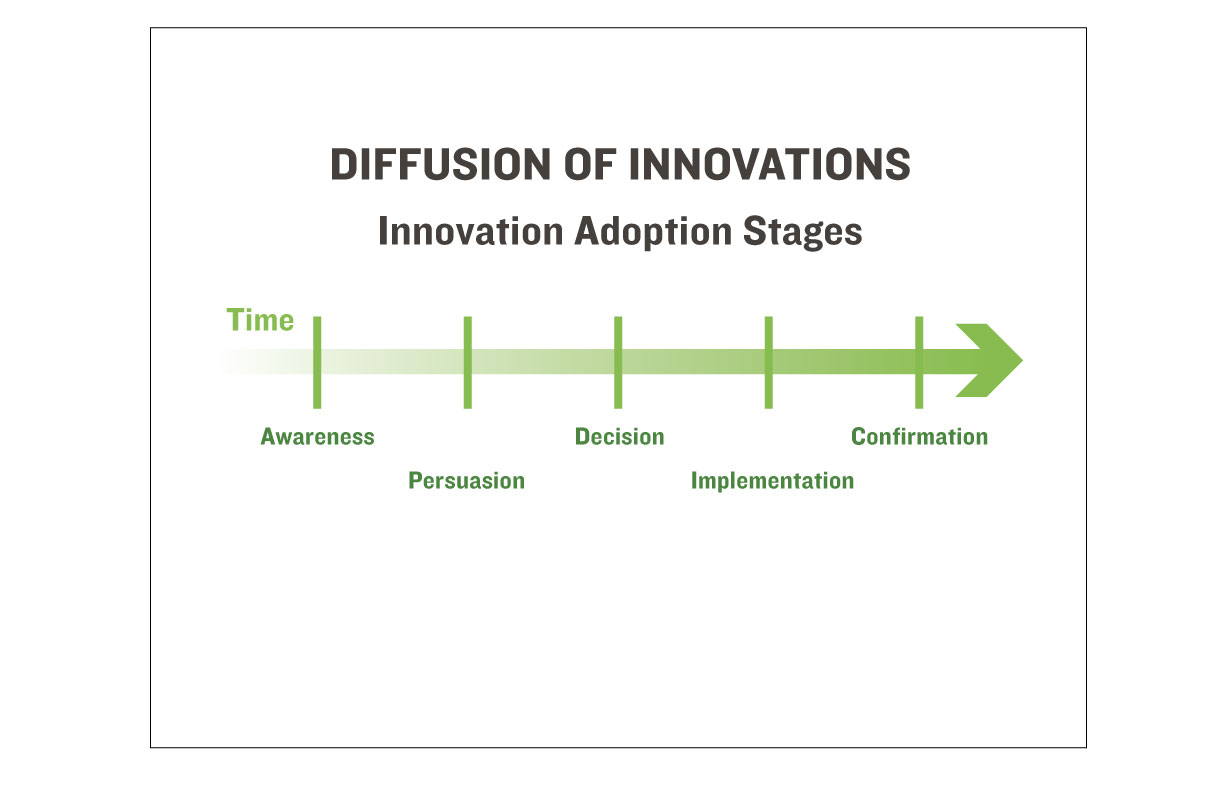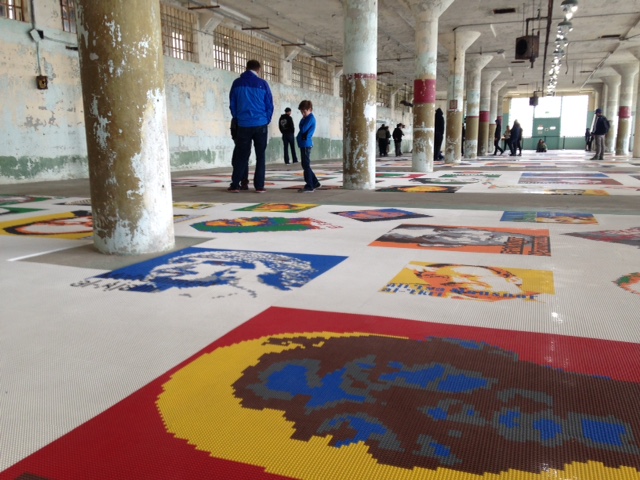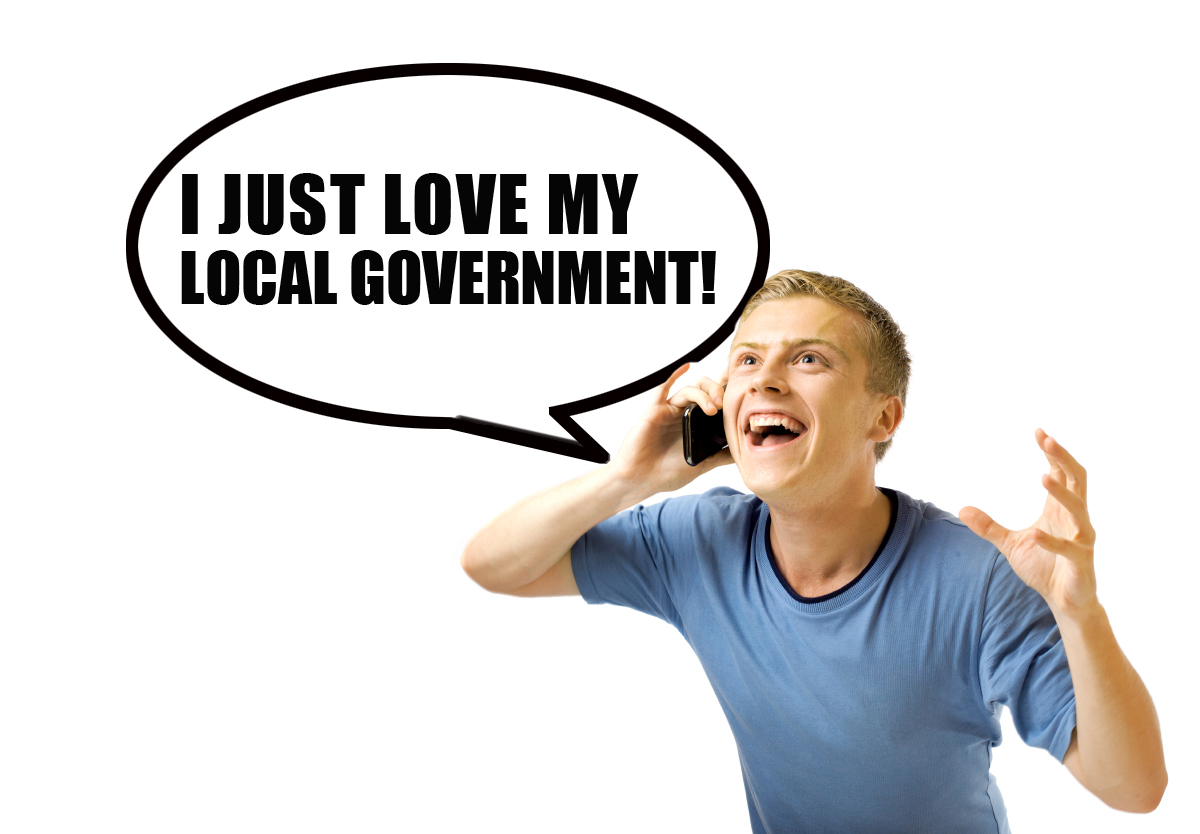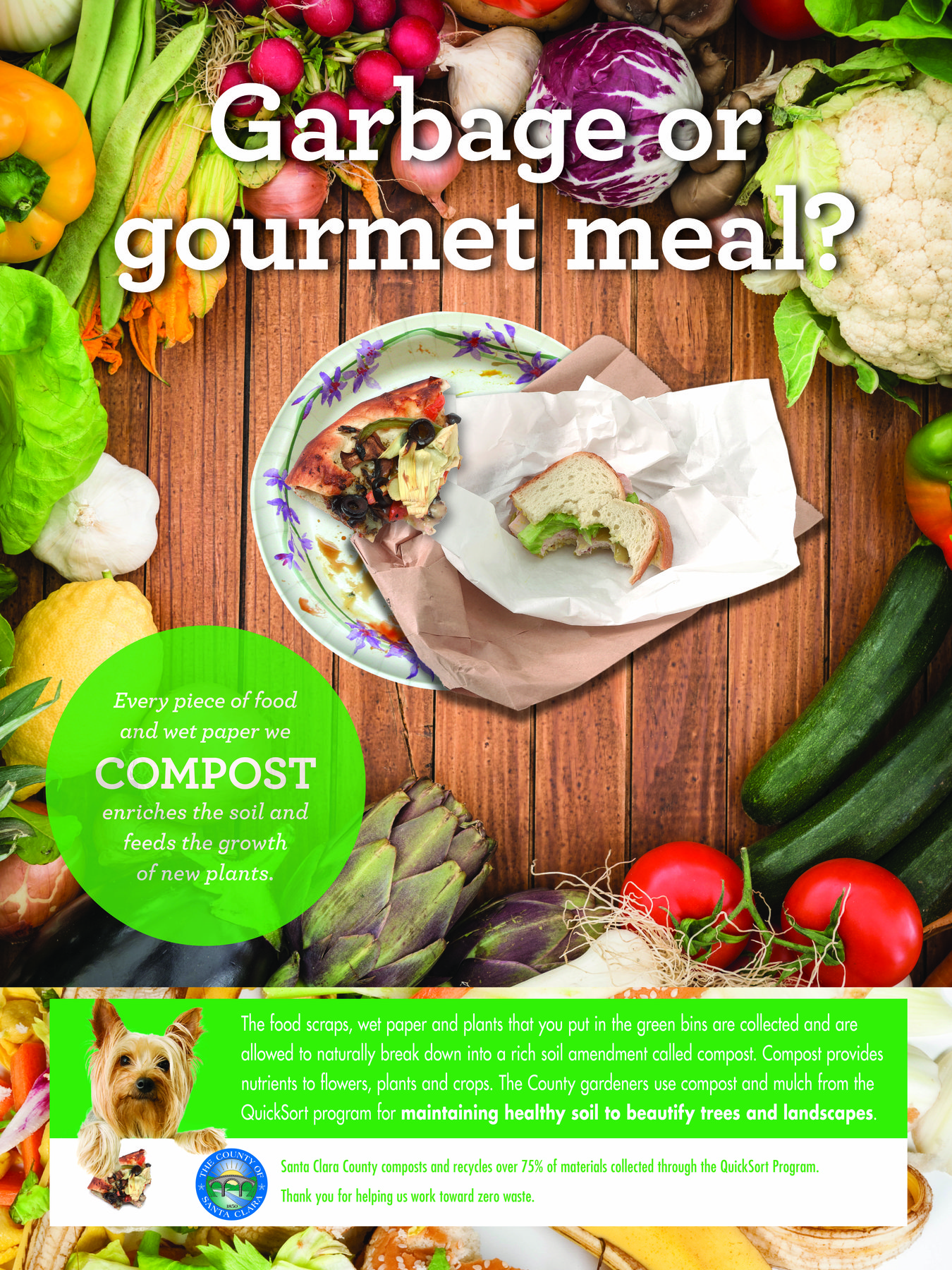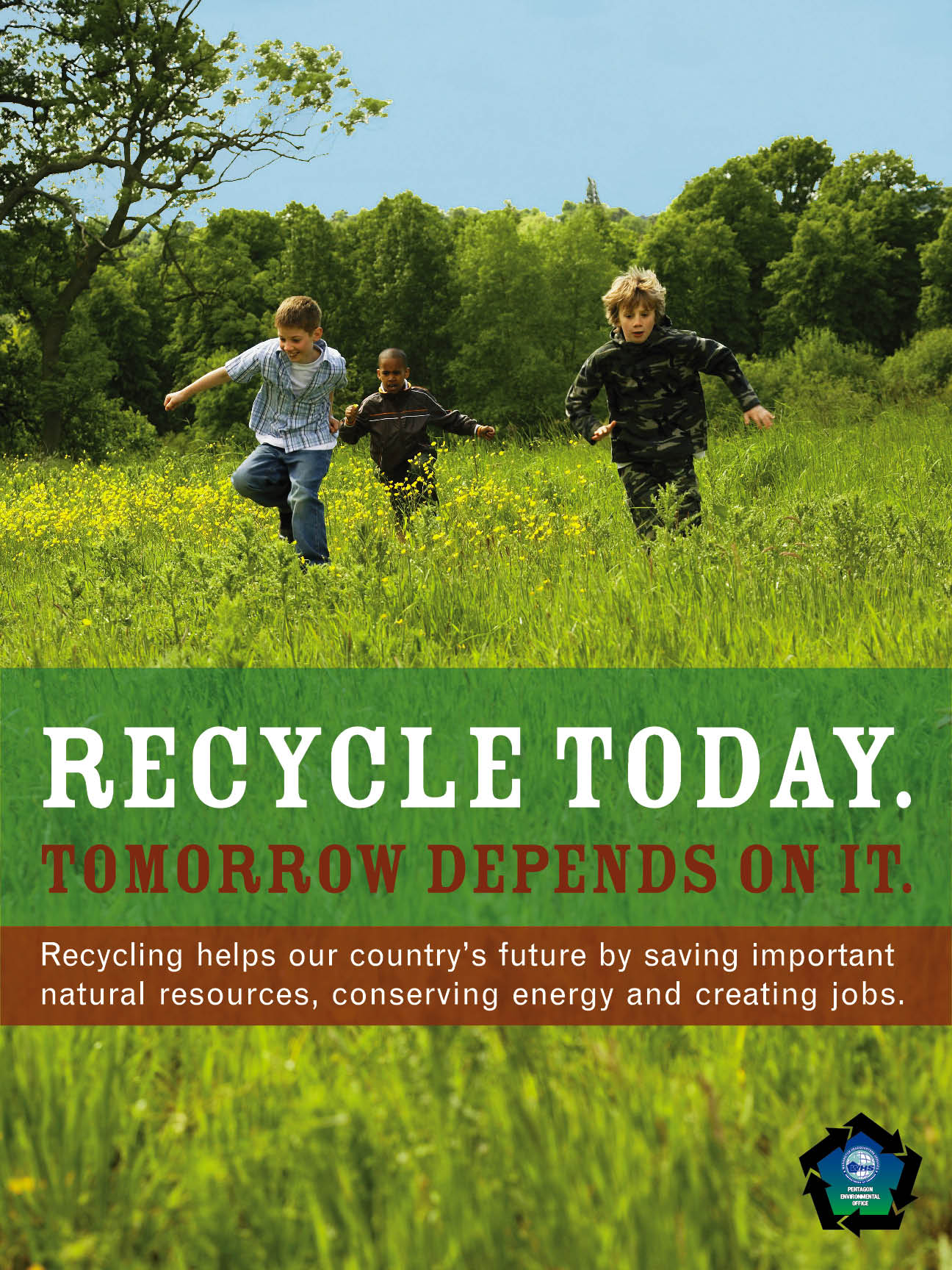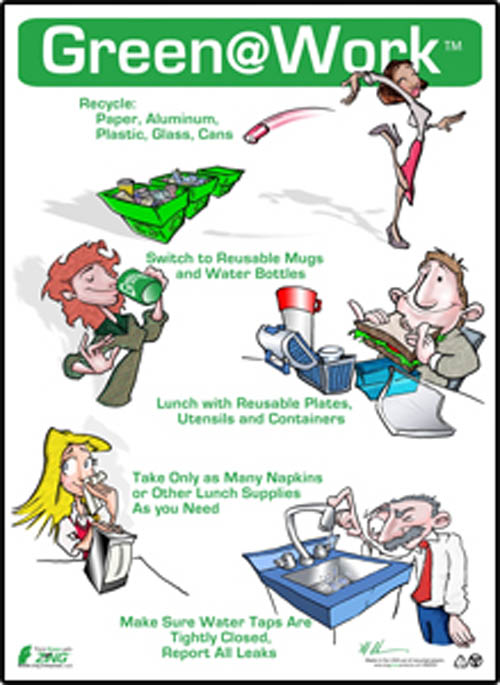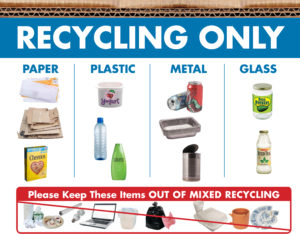 Effective environmental behavior change—like any behavior change—relies on meeting people where they are. This can mean communicating at the point of action, right where and when the behavior is happening. For instance, a recycling flyer sent to a resident’s home is a fine first touch to raise awareness, but placing recycling information directly on the bins or in the area where trash is being disposed of is an important prompt that is likely to get the best results.
Effective environmental behavior change—like any behavior change—relies on meeting people where they are. This can mean communicating at the point of action, right where and when the behavior is happening. For instance, a recycling flyer sent to a resident’s home is a fine first touch to raise awareness, but placing recycling information directly on the bins or in the area where trash is being disposed of is an important prompt that is likely to get the best results.
What is the most effective way to display recycling/composting information? While each case is different, there are some general rules that will help increase recycling/composting while reducing contamination:
Use consistent language.
Do you say Carts or Bins? Compost or Organics? Make sure the terms you’ve chosen are used consistently in all your print pieces, including posters and bin labels, and also match the content on your website.
Use pictures and words.
Different people learn and remember differently – some people recall words, others, images. Using both will increase your chances of being clear and memorable. Remember that posters are typically viewed from a some distance away, so make sure images and text are sized large enough.
Be selective.
You probably don’t want to list EVERY single item that can go into the recycling or compost. Choose most common items or those often placed incorrectly. The selection of items also depends on where the poster will be used—items recycled in an office are likely different from those recycled in a restaurant kitchen.
Keep it neat.
A clean and simple layout is most likely to keep the focus on proper sorting. If a poster has too much information it may be perceived as too much effort to understand and get ignored. If you’d like to point to details, include your website URL prominently.
Stay up to date!
Did bin colors change with the new hauler contract, or are you now accepting some items for recycling that you weren’t before? Make sure your print and online collateral match your current program.
For further tips on displaying recycling information, see
5 Tips to Turn Your Environmental Outreach from “Meh” to “Magnificent”
